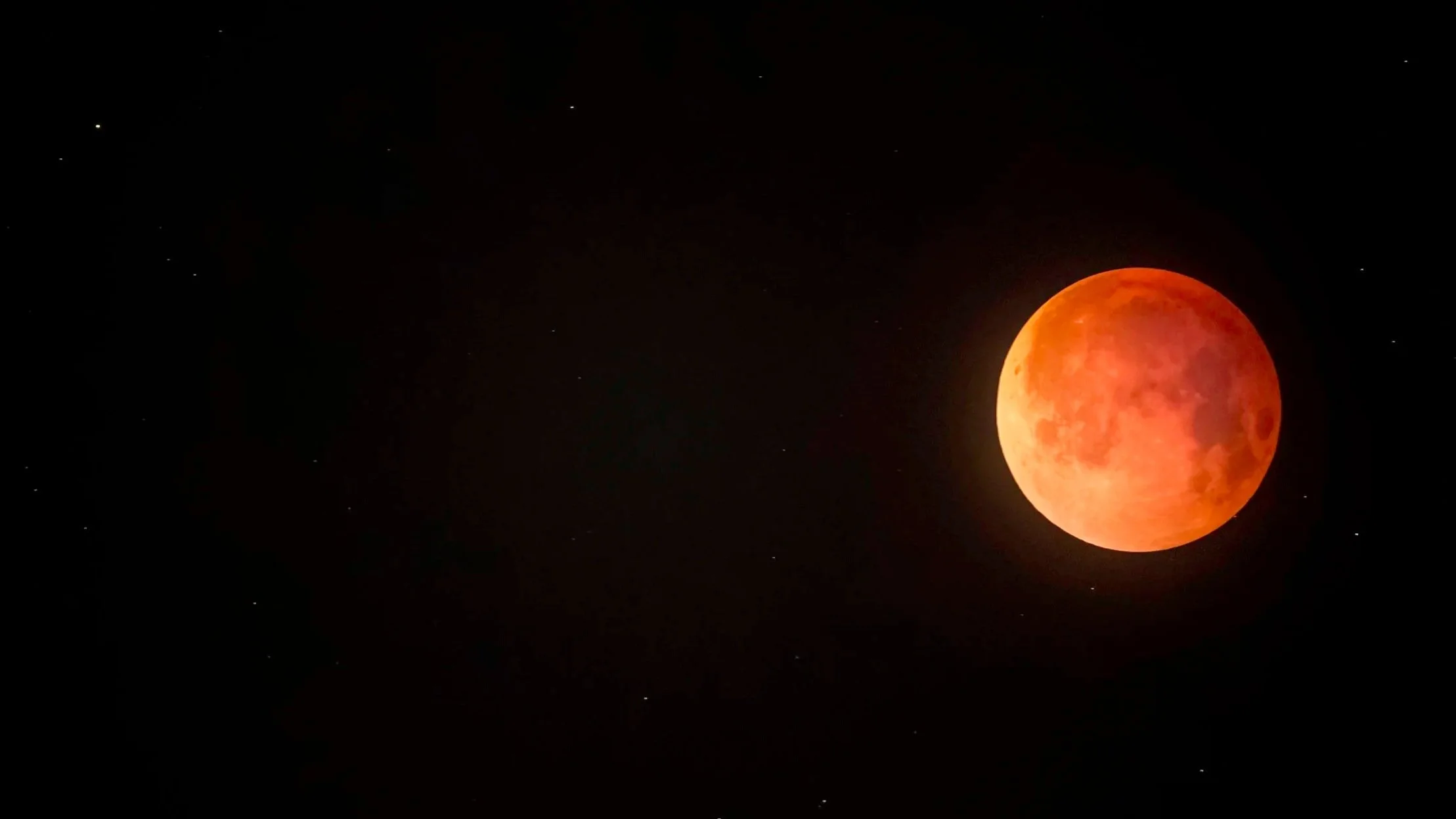Searching for Comets Lemmon & SWAN
What promised to be a spectacular celestial event turned into a cloudy and frustrating two-night affair on Oct 21 and 22. Despite ideal conditions coinciding with the new moon and the Orionid meteor shower, the rare appearance of two distinct comets, C/2025 A6 (Lemmon) and C/2025 R2 (SWAN), was ultimately obscured by inclement weather over areas in and around Hyderabad. The Orionid meteor shower too peaked on the same nights.
#wildartworks #canon #PromediagearTR424L, #naturephotography, #Astrophotography, #c2025A6Lemmon, #c2025R2SWAN, #Comet, #cometphotography, #sunset, #timelapse, #holygrailtimelapse, #daytonighttransition, #daytonighttimelapse, #sunsettimelapse, #october2025, #2025comets, #lemmon, #swan, #cometlemmon, #cometswan, #YenkathalaGrasslands #ramnathgudpalle, #EnkathalaGrasslands, #yenkathala, #Grasslands
Blood Moon Eclipse
On the night of September 7, 2025, observers across Asia, Australia, Africa, and Europe were treated to a rare and captivating celestial event: a total lunar eclipse, commonly known as a "Blood Moon". For approximately 82 minutes, the Moon took on a striking crimson hue as it passed through Earth's darkest shadow, captivating billions with its deep, dramatic red glow. This was the second and last total lunar eclipse of 2025. The long duration and widespread visibility of this particular eclipse made it a truly global event.
#wildartworks, #totallunareclipse, #lunareclipse, #bloodmoon, #2025, #september7eclipse, #2025lunareclipse, #moonphases, #totality, #eclipsemoon, #eclipsemoonandsaturn, #eclipsenight, #hyticos
Light painting the Bodhisattva
Also known as the 500 Lohan Temple, Vihara Ksitigarbha Bodhisattva is one of Bintan’s best hidden treasures. Located in Kijang (South Bintan), the premise is just a short drive away from the main bustling scene of Tanjung Pinang. Step into the temple grounds and be transported into surreal settings of towering structures and the highlight—more than 500 life-sized (Lohan/arhat) stone statues with intricate physique and facial expressions, each one unique and different from the next.
#WildArt.Works, #Photography, #Nightscapes, #Landscapes, #LightPainting, #Astrophotography, #Bintan, #500Lohan
C/2020 F3 (NEOWISE)
Comet NEOWISE has been entertaining space enthusiasts across the Northern Hemisphere. Although its official name is C/2020 F3, the comet has been dubbed NEOWISE after the Near-Earth Object Wide-Field Infrared Survey Explorer (NEOWISE) space telescope that first noticed it earlier this year. This “icy snowball” with a gassy tail made its closest approach to the sun on July 3 and is now heading back from whence it came: the far reaches of the outer solar system. Its long, looping orbit around our star ensures that after passing closest to Earth on July 22, Comet NEOWISE will not return for some 6,800 years. #wildartworks, #cometneowise
A Partial Solar Eclipse
The first solar eclipse of 2020 took place today, Sunday, June 21, 2020. Observers in India got the chance to see a dramatic celestial spectacle – a spectacular ‘ring of fire’ in the sky produced by the Moon and the Sun. Here’s all you need to know about this amazing and rare astronomical event. Were the Moon just a wee bit closer - 379,100 rather than 381,500 kilometres away - Earthlings would have been treated to a total blackout, visible at a given spot on our planet about every 400 years.






